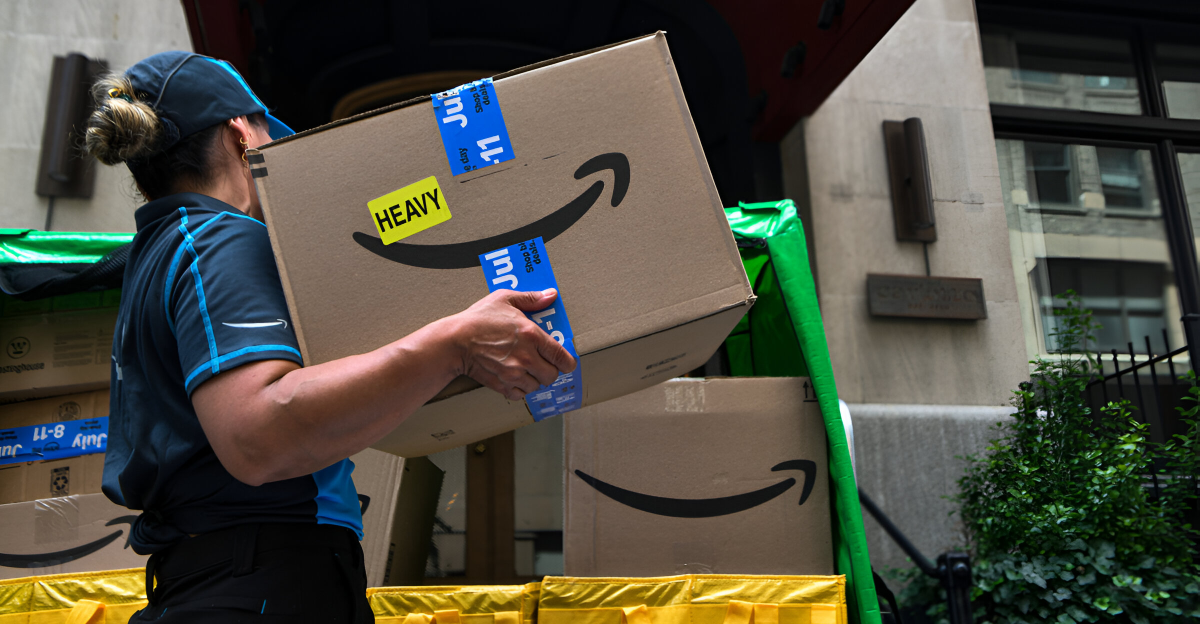
Families across America are starting to feel pain points at checkout, and it’s happening in ways you might not even notice. According to recent consumer surveys from Simon-Kucher, 25% of Amazon shoppers now plan to skip big sales like Prime Day entirely, while more than half are checking prices much more carefully before buying anything.
Shoppers are struggling amid the rising cost of everyday items like soup, deodorant, and household basics that families depend on. What started as government trade policy is now showing up in your shopping cart, forcing everyone to make tougher choices about what they can afford.
Increases
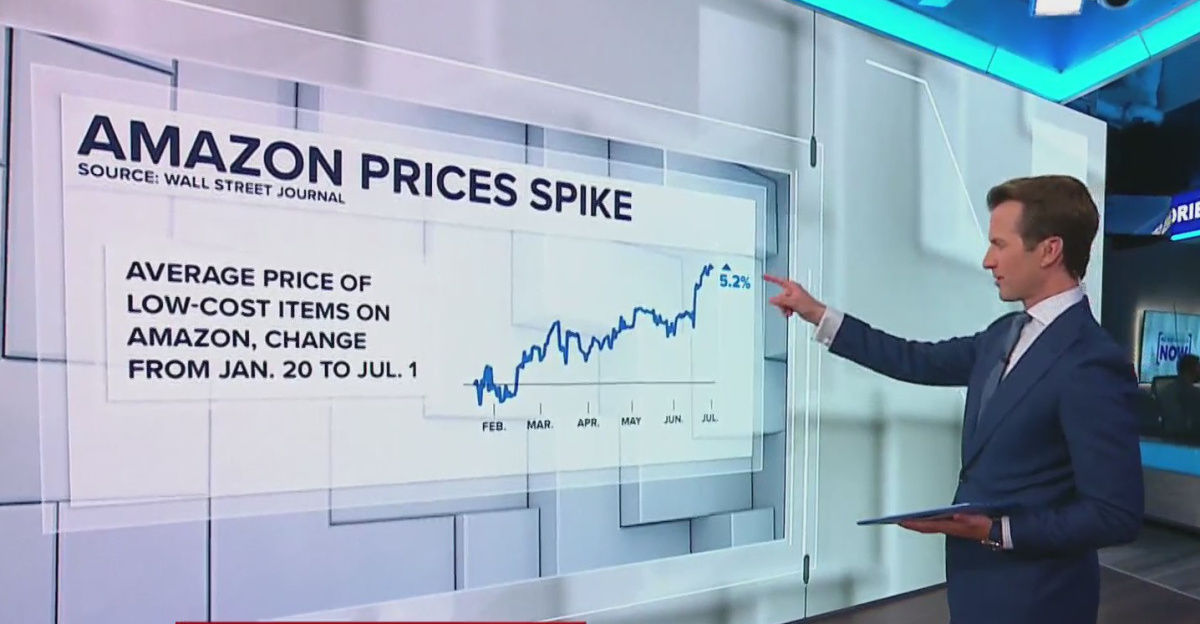
According to a comprehensive Wall Street Journal analysis, Amazon has quietly raised prices on about 1,200 everyday items since the beginning of this year, with the average increase being about 5%.
Some price jumps were much bigger—Campbell’s soup went from $1.98 to $2.58 (30% more), and a simple metal storage basket doubled from $9.31 to nearly $20, as price tracking firm Traject Data documented. Most shoppers were oblivious to these price increases, as Amazon made no announcements.
The Reason
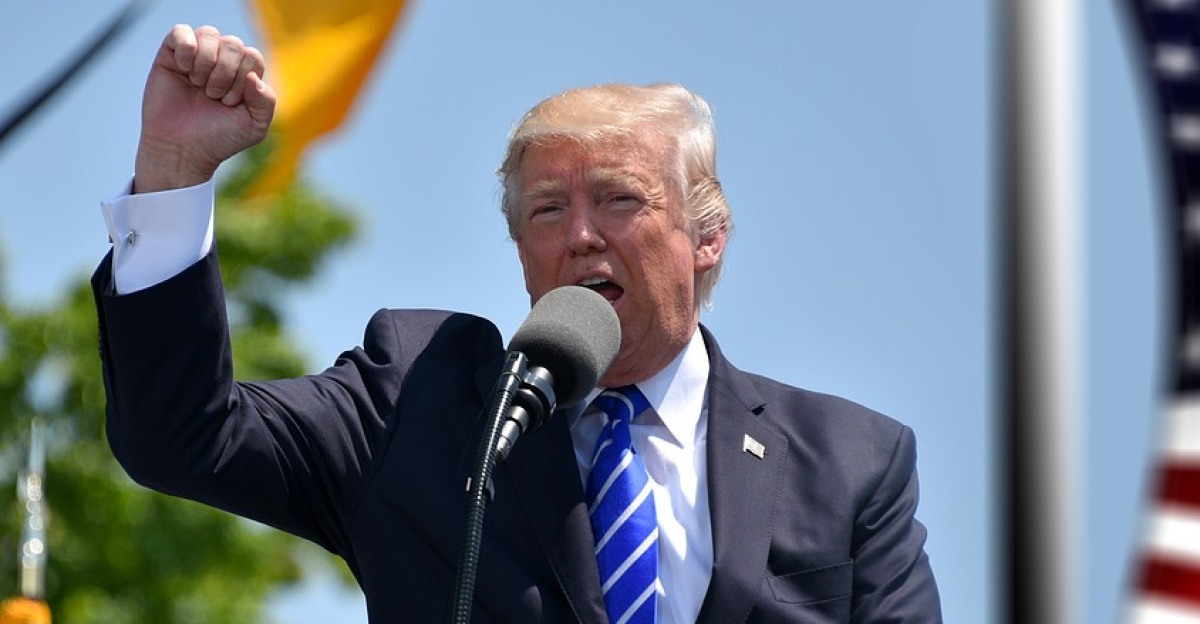
According to official White House fact sheets, the culprit behind these subtle price increases is new taxes on imported goods that President Trump announced in April 2025. Think of these “tariffs” as extra fees that companies have to pay when they bring products into the United States from other countries.
According to the Tax Foundation’s comprehensive tracking, the government added a flat 10% tax on almost everything imported, then piled on much higher taxes—sometimes over 100%—on goods made in China. These import taxes have made it a difficult landscape for many businesses to navigate as the additional cost has to be factored in somewhere.
The Impact On Businesses
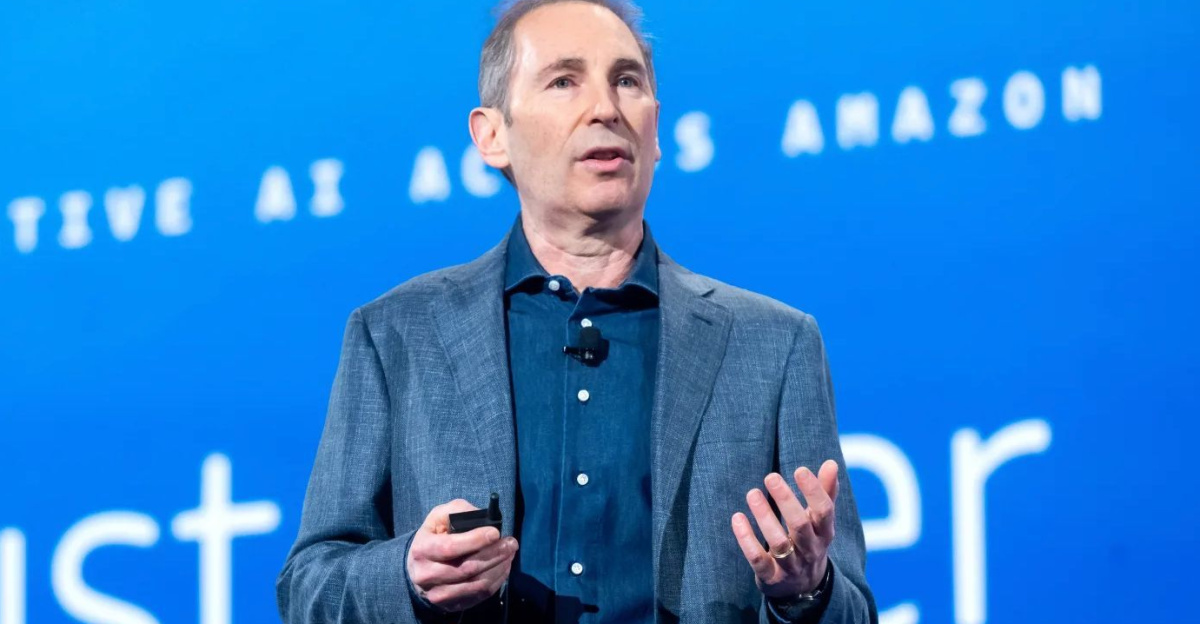
Multiple retail industry reports indicate that absorbing these new costs isn’t possible when dealing with such huge increases. Amazon CEO Andy Jassy put it plainly in a CNBC interview: “You don’t magically have an extra 50% margin to work with.”
As business analysts at SellerApp explained, if a company was making a 10% profit on an item and suddenly had to pay 50% more in import taxes, the math just didn’t work anymore.
What Happened
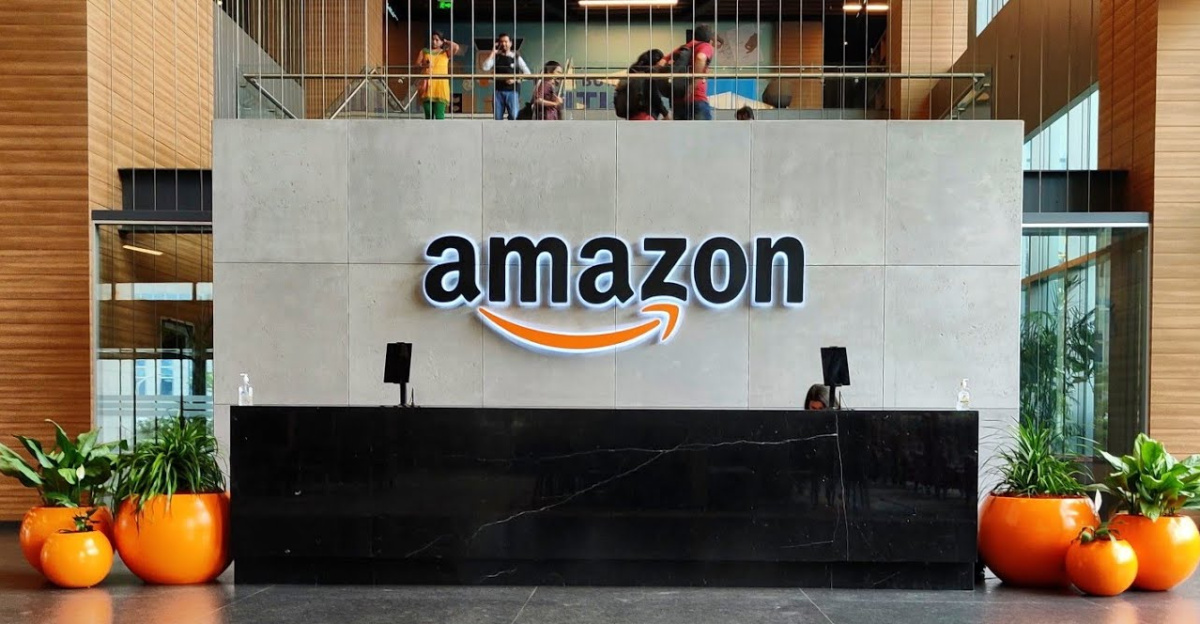
On July 21, 2025, a major investigation revealed what many shoppers had suspected. According to the Wall Street Journal’s comprehensive analysis, Amazon had quietly abandoned its public promise to keep prices steady.
The Wall Street Journal’s examination of nearly 2,500 household products showed that Amazon had raised prices on roughly half of its cheapest everyday essentials—the stuff families buy most often. This discovery wasn’t long after the company had said it had talked about protecting customers from trade war costs. This pivot served to degrade consumer trust in the company.
Impact Across The Nation
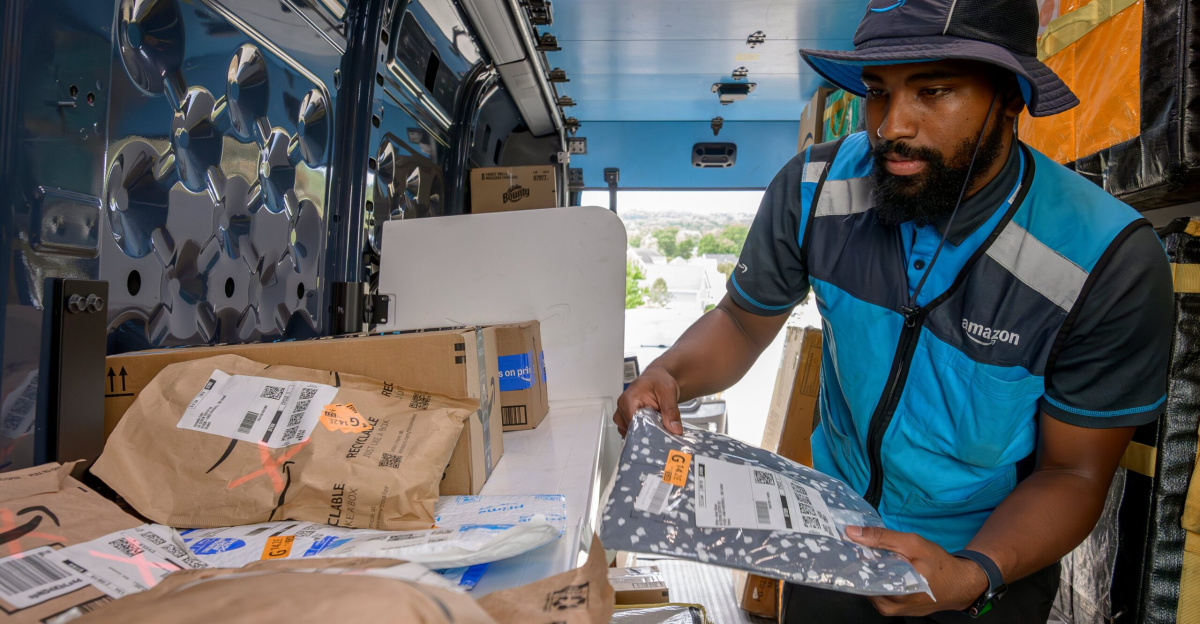
The quiet price rise is a problem that’s sweeping over the entire country because it isn’t regional and happens anywhere Amazon delivers. According to price tracking data, prices rise from California to New York and anywhere in between. Amazon’s national pricing system sets the prices for everyone across all 50 states.
According to seller impact reports, 60% of Amazon’s independent businesses (not Amazon itself) report similar pressure to raise prices, regardless of location. However, this has one of the largest impacts on everyday shoppers.
Impact On Families
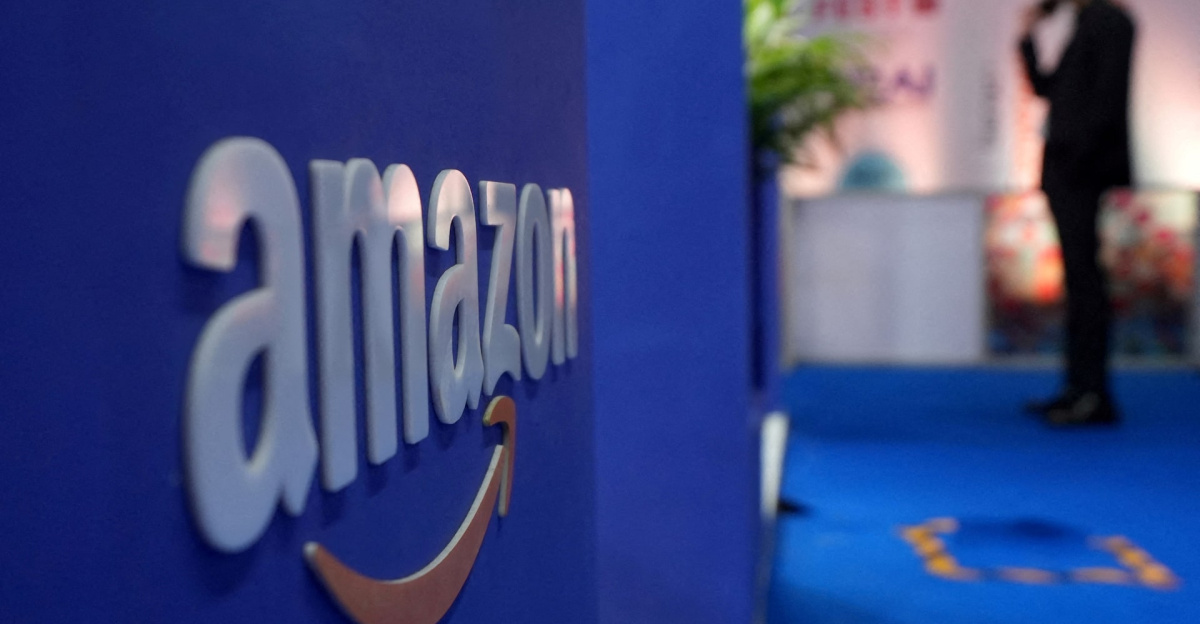
Consumer behavior studies show that the effects on households are becoming more obvious as families adjust their shopping routines. “Customers will do anything to find a deal,” Amazon’s CEO acknowledged in various 2025 interviews, reflecting how desperately many families are trying to stretch their budgets further.
Simon-Kucher’s Consumer Tariff Study reports that consumer surveys show that a third of shoppers have put off purchases because of uncertainty about rising prices, and one in four families plans to skip major sales events entirely. While Amazon raises prices, other stores are trying different approaches.
Competition

Different retailers are taking completely opposite approaches to dealing with these higher costs, creating a confusing landscape for shoppers.
While Amazon allows specific price increases, according to the Wall Street Journal analysis, Walmart has cut prices on many identical products, creating a price war. PBS NewsHour reported that Target ended its 12-year policy of matching competitors’ prices in July, saying it needs more “financial discipline” during these uncertain times.
Economic Data

Economic data confirms that these price pressures are real and widespread across many types of products. Federal Reserve tracking reported by Reuters showcases that import tax costs flow through to consumer prices within about two months of being imposed.
Data from e-commerce tracking firms like DataWeave tell a grim story—prices have increased by an average of nearly 30% on close to 1,000 Amazon products since April, while consumer confidence surveys dropped by nearly one-third in May alone. Shoppers are feeling the effects of these price increases as every item becomes more expensive, destroying budgets already stretched thin.
The Future Of Grocery Budgets
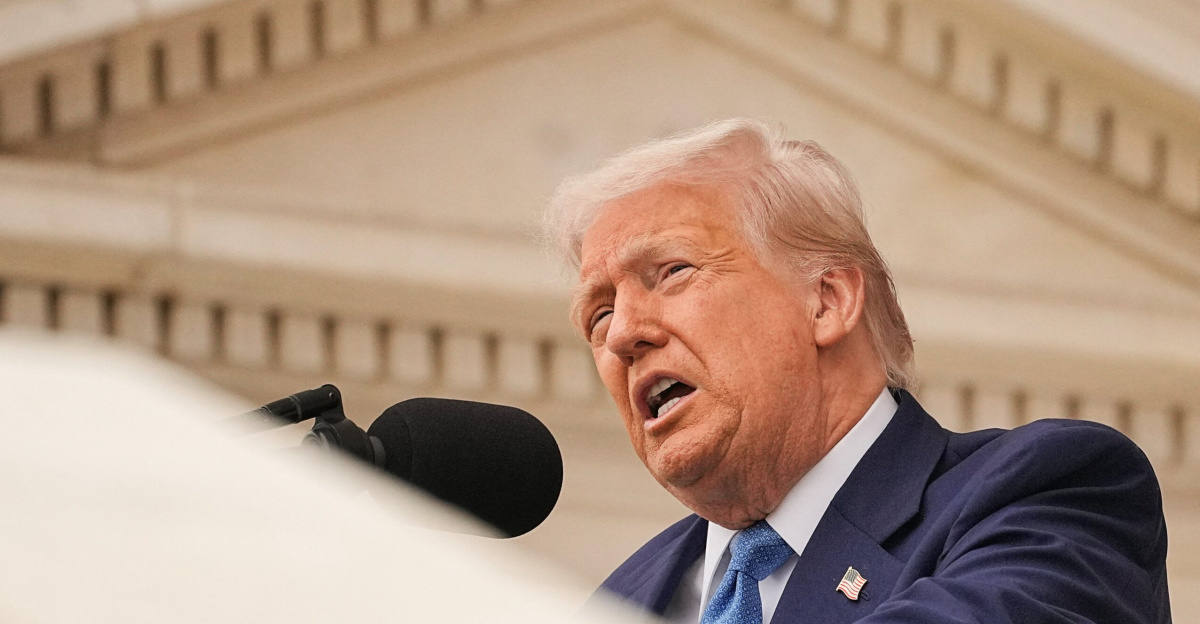
According to policy experts tracking the situation, the future of your grocery and household budgets depends on ongoing trade negotiations and corporate decisions that have yet to be finalized.
According to Fox Business reporting, President Trump has set new deadlines for trade deals and threatens even higher taxes if negotiations fail.